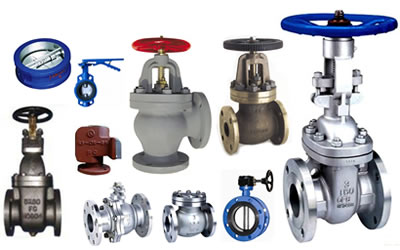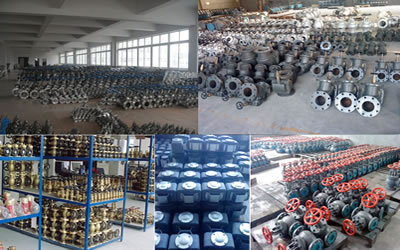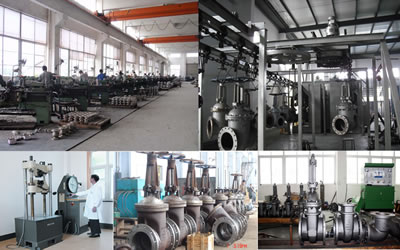“Worse than the one following the Global Financial Crisis.”
New orders received by Chinese shipyards – now infamous for undercutting competitors and sinking into bankruptcy – have plunged 58.5% so far this year through October, compared to last year, according to shipping industry data provider BIMCO, cited by the Nikkei. At South Korean shipyards, which include the three largest in the world, orders have plunged 84.2%; at Japanese shipyards, 90%.
They all focused on large dry-bulk vessels, tankers, and containerships. But this year, orders for tankers globally plunged 80% and for container ships 84%.
Global trade, which collapsed during the Financial Crisis but then recovered in a V-shaped manner, was expected to continue soaring. Instead, it has languished over the past few years. Carriers that transport these goods in dry-bulk vessels, tankers, and container ships, face rampant overcapacity and crushed shipping rates. Smaller ones have sunk. In August, Hanjin, the sixth largest carrier and a formerly too-big-to-fail company in South Korea, was allowed to fail. And they all stopped ordering ships.
However, orders at European shipyards have jumped 45% through the first eight months this year. On the global scale, they’re small players, accounting for only 9.3% of the order book. But they focus on the smaller thriving market for cruise ships, ferries, and tugs.
Globally, orders for ships plunged 77% so far this year through October. But 2015 had already been down 13% from 2014. And 2014 had been down 26% from 2013, the first good year since before the Financial Crisis. In 2007, orders had peaked at 92 million compensated gross tons (CGT). So far this year, orders are down to 10 million CGT.
At this rate, 2016 will be the worst year in BIMCO’s data series going back to 1996. Even back then, orders amounted to 18 million CGT.
No industry can survive for long when orders collapse at these rates. But next year might be worse, according to Peter Sand, BIMCO’s chief shipping analyst. For the Asian shipbuilders concentrated in the container, dry-bulk or offshore segments, “there is a possibility for postponements and cancellations.” Outright cancellations are bad enough. But “postponements can add a further headache to the shipyards’ liquidity, as the final payments in these cases may be delayed.”
Among the collapsed shipbuilders is South Korea’s STX Offshore & Shipbuilding, which filed for court protection in May. No country is more dependent on shipbuilding than South Korea: it accounted for 7.1% of manufacturing jobs in 2015.
Korea’s Big Three – Hyundai Heavy Industries, Daewoo Shipbuilding & Marine Engineering, and Samsung Heavy Industries – have been dumping noncore assets and shedding employees as part of prior creditor-led restructuring plans. Even that wasn’t enough. At the end of October, the government announced a bailout plan: it would order 250 vessels through 2020, valued at $9.6 billion, but they’ll be smaller ships and boats, not the big, former money-makers that these shipyards really need.
That may not be enough either. On November 15, Hyundai Heavy announced it would sell its non-shipbuilding businesses, including utilities, construction equipment manufacturing, and robotics, to get out from under its suffocating load of debt. Samsung Heavy said it would lay off 30% to 40% of its 14,000 employees by 2018. Daewoo Shipbuilding said it would lay off 20% of its employees by 2020.
In China, bankruptcies are piling up. In April and May: Zhong Chuan Heavy Industry, Zhong Chuan Heavy Industry Equipment, Zhoushan Xuhua Metal Material, Zhenjiang Shipbuilding (subsidiary of Sinopacific Shipbuilding Group), and Yangzhou Dayang Shipbuilding. Plus, in February, state-owned Sainty Marine; in December 2015, state-owned Wuzhou Shipyard; and earlier in 2015, privately owned Mingde Heavy Industries.
But many of these failed shipbuilders, propped up by state-owned lenders, continue to exist and get orders by undercutting prices and producing below production costs. They’re called zombies.
In October, Guo Dacheng, chairman of the China Association of the National Shipbuilding Industry, said that these zombies should be quickly weeded out, according to the Nikkei; they were damaging the entire industry.
To say alive, other shipbuilders are diversifying away from dry-bulk carriers and container ships; they’re now trying to muscle in on European shipyards by building ferries and cruise ships. If they do this successfully, they’ll create the next glut and collapse.
It won’t be easy. Japan’s big shipbuilders are already trying to diversify into cruise ships, but that hasn’t worked out very well yet. The Nikkei:
After a pause of around a decade, Mitsubishi Heavy Industries restarted building large passenger ships in 2013, a more lucrative segment than container ships. However, the company indicated in October that its Nagasaki Shipyard & Machinery Works unit had lost more than 250 billion yen ($2.25 billion) on an order from a U.S. cruise line for two vessels amid repeated design changes and costs from importing European equipment.
As a consequence, Mitsubishi said in October that it will only accept orders from hereon for smaller passenger vessels while seeking more orders for LNG carriers.
So now, the big Japanese shipbuilders are trying to stay alive by consolidating. Imabari Shipbuilding (5th largest in the world), Oshima Shipbuilding, and Namura Shipbuilding all specialize in dry-bulk carriers. Now they’re in discussions with Mitsubishi Heavy about putting their resources together and get into cruise ships. Combined, they’d make the second largest shipbuilder in the world, if they all survive long enough to get out of this slump.
It could take a while. “The industry won’t recover until 2021,” explained Yoshikazu Nakaya, a shipping analyst with Mizuho Bank. He called the fiasco “worse than the one following the Global Financial Crisis.”
The US is the largest destination for global goods. But the next brake shoe is about to drop. The “Car Recession” is now expected to spread to 2017. Read… Strongest Pillar of Shaky US Economy has Cracked




